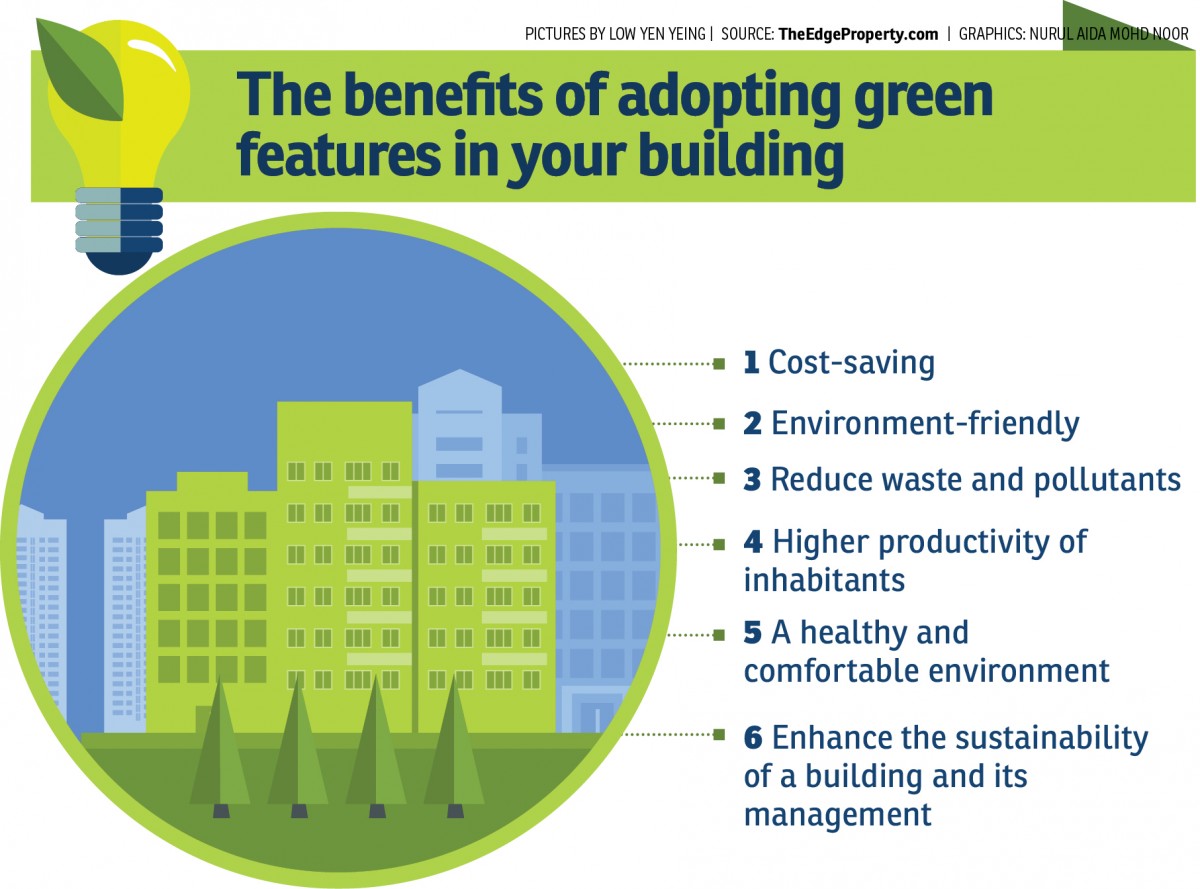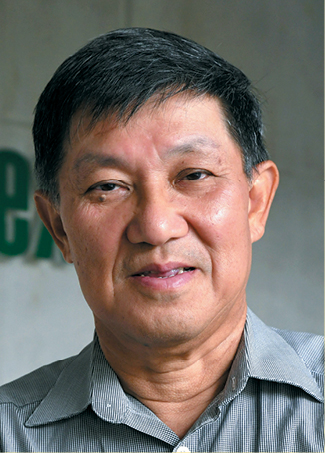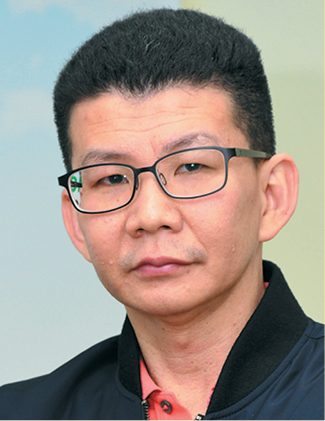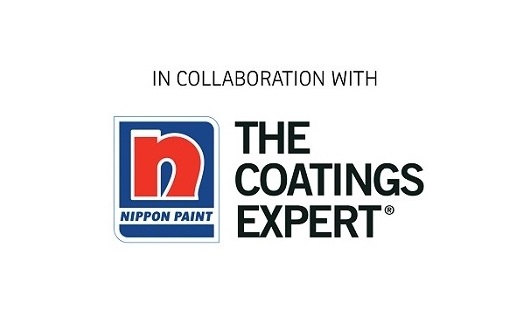
Incorporating green features and technology in a non-green building can contribute towards greater cost-saving in the maintenance and management of the property in the long term.
Selangor Dredging Bhd head of business unit Peter Quah notes that there are a lot of aged systems and outdated technologies in existing buildings that need to be replaced and upgraded, and using green technology is a good option.
Quah is responsible for the management of Wisma Selangor Dredging, a 32-year-old building in Kuala Lumpur that has adopted several green features to enhance its sustainability.
However, for many property owners, a common misconception is that green fittings and technology are expensive. This has stunted the wider incorporation of sustainable designs and technologies.

According to Greenbuildingindex Sdn Bhd (GBI) chairman and the immediate past president of Malaysian Institute of Architects (PAM) Chan Seong Aun, despite the promotion of green buildings and their benefits, there is still a lack of understanding among the public, architects, property developers and property managers.
Incorporated in February 2009, GBI’s principal activities include administrating GBI accreditation, providing GBI training courses, and encouraging and promoting the concept of green building in the country.
Chan points out that generally, the costs between conventional and green products do not differ much, thanks to the latter’s increasing popularity globally.

“In some cases, high-end green technologies will cost marginally more, maybe an extra 8% to 10%, but the higher cost can be justified in lower building maintenance cost and the return on investment is usually less than five years in most cases,” he says.
Though it may be more challenging to retrofit old buildings with green features compared to having them ready-installed in new ones, Chan and Quah suggest some of the following measures for a start.
1. Low-VOC paint
In common paints and coatings, volatile organic compounds (VOCs) are used as solvents or thinners that work with the resin, the part that binds all the ingredients of the paint and enable it to attach onto the applied surface. However, VOCs comprise various toxic organic chemicals such as formaldehyde, benzene and dichlorobenzene, which are not only harmful to the environment, but also dangerous to human health.
Chan says about half of the toxic chemicals in paint will be released in the first few days after application, along with a horrible smell. The other half will gradually be discharged over the years. Hence, it makes sense to use low VOC paints that are also odour-free. Some of these paints even adopt the sunblock technology that can reduce surface temperatures, thus making the interiors of the building cooler, which in turn helps in saving energy.
For example, the Nippon Odourless Air Care is an ultra-low VOC and odourless paint that is able to absorb harmful free formaldehyde from the air and convert it into water vapour, resulting in clean fresh air. The breakthrough product is also anti-bacterial and possesses superior washability.
“Low-VOC coatings are easily available today. So when property managers want to re-paint their buildings, they must ensure low-VOC paints are specified,” Chan stresses.
2. Solar energy
With sunshine available all year round, the sun can be a great source of energy.
“We could harness a huge amount of renewable energy from the sun, thus contributing to cost savings of some 10%,” Quah says.
Chan points out that prices for solar panels have dropped by about 50% compared to a decade ago due to mass production and wider use. According to him, the current average price of solar panels has come down to RM10 to RM12 per kilowatt from about RM20 per kilowatt in 2009.
He highlights that, with the government incentive of buying back electricity generated from solar panels at peak hours through the Feed-in-Tariff system, building managers should seriously look at installing photovoltaics if there is roof space available. “Solar panels are now giving better economic returns to building owners,” Chan adds.
3. Natural lighting
Quah points out that buildings should also maximise natural lighting by allowing sunlight into the interiors. One way to utilise natural light is to install daylight systems that capture and direct light into the building — even the basement areas, he says.
“With the advancement in green technology, daylight systems today can light up a building without bringing in the heat from the sun, so I encourage building owners and managers to use more penetrable surfaces to allow natural light into their buildings,” he adds.

Using natural light not only helps in energy cost saving for a building but also benefits inhabitants in various ways. According to a scientific research published in the Journal of Clinical Sleep Medicine, office workers with more natural light exposure in their workplace tend to have longer sleep duration and better sleep quality compared with office workers with less light exposure at the same workplace. The research was carried out on 49 participants with 27 of them working in windowless workplaces while the remaining 22 work in offices with windows.
One of the key findings is that those working in places with windows slept an average of 46 minutes more per night than those in workplaces without windows.
4. LED lighting
Light emitting diodes, or LED, is a breakthrough artificial lighting component. With longer burning lifespan at higher grade of over 50,000 hours and higher lumens per watt, LED lighting could possibly bring down about half of the power consumption with the same amount of lumens and lower operational cost, Quah elaborates.
He shares that Wisma Selangor Dredging has started replacing the conventional lights in its common areas with LED lights since 2014. When all the works were completed in June 2016, it resulted in energy savings of 55% per year.
“Although the cost of LED lighting was higher than conventional ones, it turned out to be worth it as the return on investment took only about six months, which was faster than the three-year period we had expected initially,” he says.
Chan adds that the cost of LED lighting has also been reduced in recent years. “LED lighting is able to last four times longer than conventional lighting. The price for an 18-watt LED is only about RM13 today, compared with around RM100 in the past two to three years.”
5. Low-flow water fixtures
Reducing water consumption in a building is definitely one of the aspects that property managers should look at, says Chan. He advises building managers to consider low-flow water fixtures such as low-flush toilets, low-flow taps and showers when they want to upgrade their buildings.
“These consume less water and consequently result in lower maintenance cost,” Chan says, adding that there are also several ways to cut water wastage like harvesting rainwater, recycling waste water and responding faster to water leakages.
Quah concurs, “If we compare the old and the modern toilets, the water flow per flush is about 34 and 6 litres, respectively. So the latter is able to achieve more than 80% of saving per flush. It is a huge saving in the long run.”
6. Green air-conditioning system
For commercial buildings, the largest expenditure in building management is the air-conditioning cost, which typically constitutes about 60% of a building’s energy usage and electricity cost, says Chan.
“If building owners are planning to upgrade their buildings, a green air-con system is actually the first thing they should look at.”
He recommends building owners to adopt green air-conditioning to enjoy rebates from the Ministry of Energy, Green Technology and Water (MEGTW). Under the Sustainability Achieved via Energy Efficiency (SAVE) programme by MEGTW, qualified consumers who purchase five-star-rated energy-efficient electrical appliances such as refrigerators, air-cons and chillers will be given a rebate.
7. Building automation system
Quah points out that one of the long-term measures towards greater sustainability is installing building automation systems (BAS). The centralised system controls the building’s temperature, ventilation, air-conditioning, lighting and other aspects to maximise efficiency, thus reducing operational and utility costs without compromising the occupants’ comfort.
“Presently, ageing systems or technologies need to be upgraded and replaced, as conventional systems are wasting too much energy,” Quah says.
Advanced BAS can optimise electricity and water usage while reducing wastage, which is a significant facet of property management.

Manage your building through Nippon Paint hassle-free painting service package. Call 1-800-88-2663 to find out more!
This story first appeared in TheEdgeProperty.com pullout on July 7, 2017. Download TheEdgeProperty.com pullout here for free.





